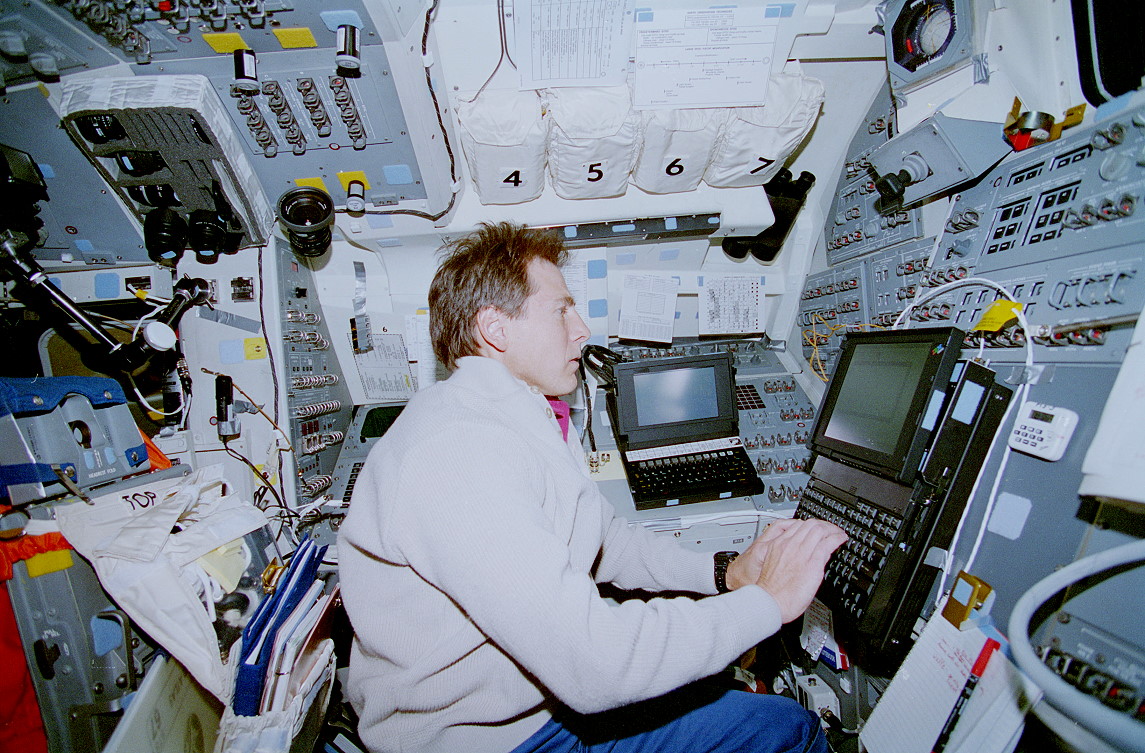
Veteran astronaut Sam Durrance, one of the earliest professional astronomers to fly in space, died yesterday (5 May), aged 79. Durrance, who flew as a Payload Specialist on two shuttle missions in December 1990 and March 1995—logging more than 25 cumulative days in space, covering 10.6 million miles (17.1 million kilometers) and completing 346 orbits of Earth—had endured a long struggle with dementia and Parkinson’s Disease, according to a family statement, and spent his final days in hospice care at a facility in Viera, Fla.
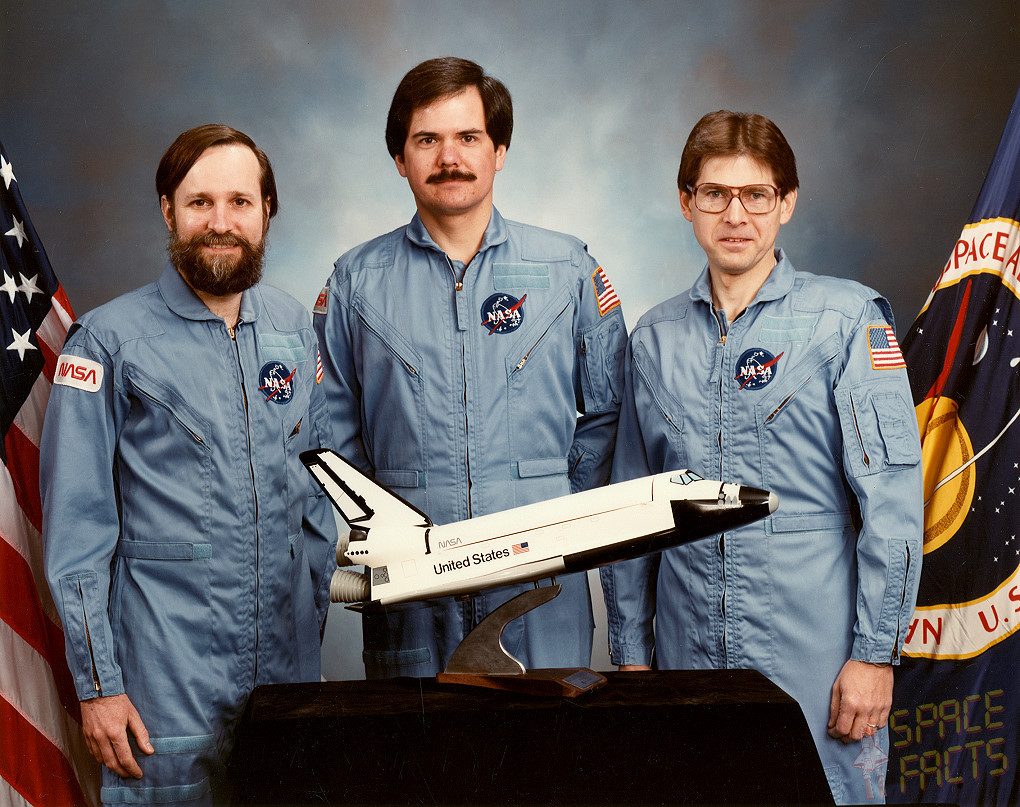
Samuel Thornton Durrance came from Tallahassee, Fla., where he was born on 17 September 1943. He attended junior high schools in his home state and graduated in 1961 from Plant High School, lettering in American football for three years and playing both defense and offense. Durrance earned bachelor’s and master’s degrees in physics from California State University at Los Angeles in 1972 and 1974, followed by a doctorate in astrogeophysics from the University of Colorado at Boulder in 1980.
He joined the Department of Physics and Astronomy at Johns Hopkins University in Baltimore, Md., where he served as a principal research scientist and was co-investigator for the Hopkins Ultraviolet Telescope (HUT), manifested as one of three primary instruments for the shuttle program’s ASTRO-1 mission. In this capacity, Durrance worked on development, optical and mechanical design, construction and integration of HUT into an expansive Spacelab payload suite, which also included the Wisconsin Ultraviolet Photopolarimeter Experiment (WUPPE) and the Ultraviolet Imaging Telescope (UIT).
ASTRO-1 was an important scientific payload for astronomy and as such it might seem unsurprising that its crew included not only a “core” NASA crew, but also a pair of professional scientists. In June 1984, Durrance and fellow astronomers Ron Parise and Ken Nordsieck were selected to train for a pair of payload specialist positions on up to three ASTRO missions in 1986-1987.
Eventually, ASTRO-1 was assigned to shuttle mission STS-61E, targeted to launch at 5:45 a.m. EST on 6 March 1986 for a nine-day flight. Commanding STS-61E was veteran astronaut Jon McBride, with “rookie” pilot Dick Richards seated alongside him on shuttle Columbia’s flight deck, together with seasoned mission specialists Jeff Hoffman, Dave Leestma and Bob Parker and Durrance and Parise rounding out the seven-man crew as payload specialists.
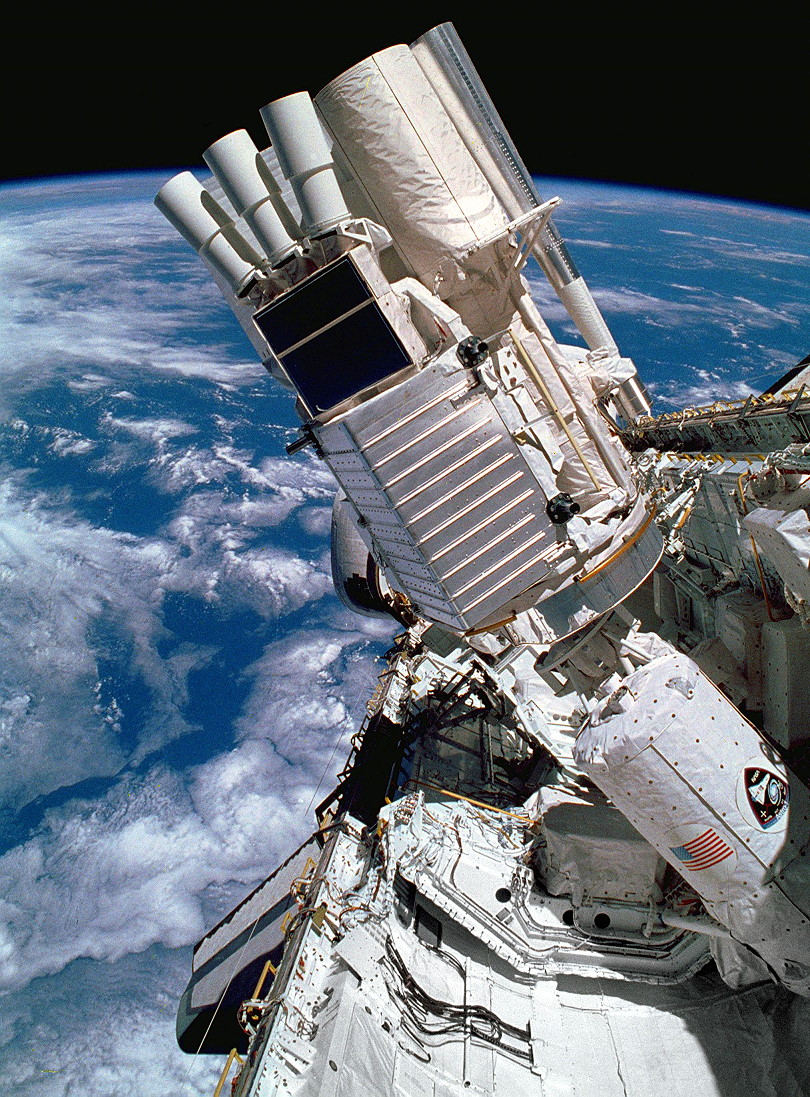
As the second-longest planned shuttle mission at that time, STS-61E was tasked to conduct around-the-clock observations using the HUT, WUPPE and UIT instruments. It would also study Halley’s Comet, which was making its 75-yearly passage into the inner Solar System in the late fall and early winter of 1985-1986.
But on the bitterly cold morning of 28 January 1986, as the astronauts climbed out of the Shuttle Mission Simulator (SMS) at NASA’s Johnson Space Center (JSC) in Houston, Texas, shuttle Challenger was lost, only 73 seconds after liftoff, killing all seven crew members. Unsurprisingly, STS-61E was canceled and the shuttle fleet stood down for almost three years.
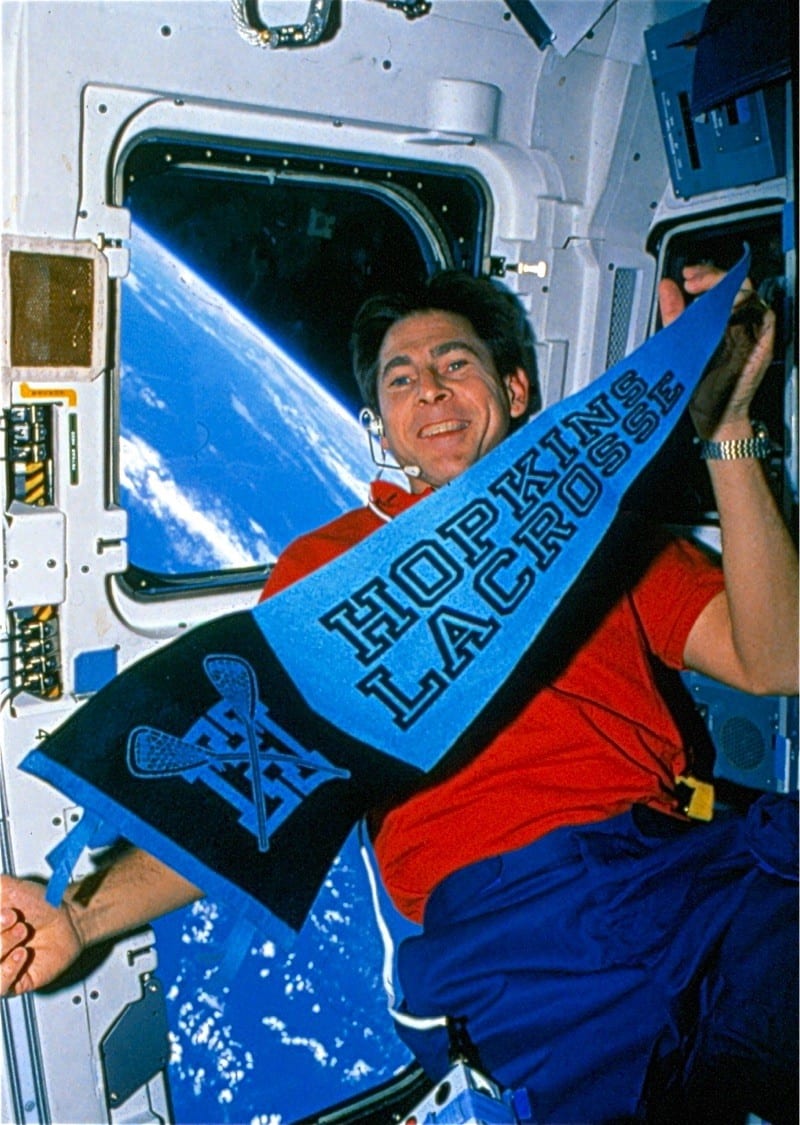
In late 1988, the crew—with Guy Gardner replacing Richards as pilot and Mike Lounge taking Leestma’s seat—was reassembled and redesignated STS-35, originally targeting launch in March 1990. A few months later, McBride resigned from NASA and was replaced as the flight’s commander by Vance Brand.
But STS-35 would take a long time to finally reach orbit. A spate of hydrogen leaks plagued the shuttle fleet in the spring and summer of 1990 and it was not until the night of 2 December that Columbia finally rose into space. However, the long-awaited flight proved far from smooth sailing, plagued by computer failures, overheating data display units, a blocked toilet, a jammed text and graphics machine and capped by poor predicted weather at Edwards Air Force Base, Calif., which scrubbed 24 hours off a scheduled ten-day mission.
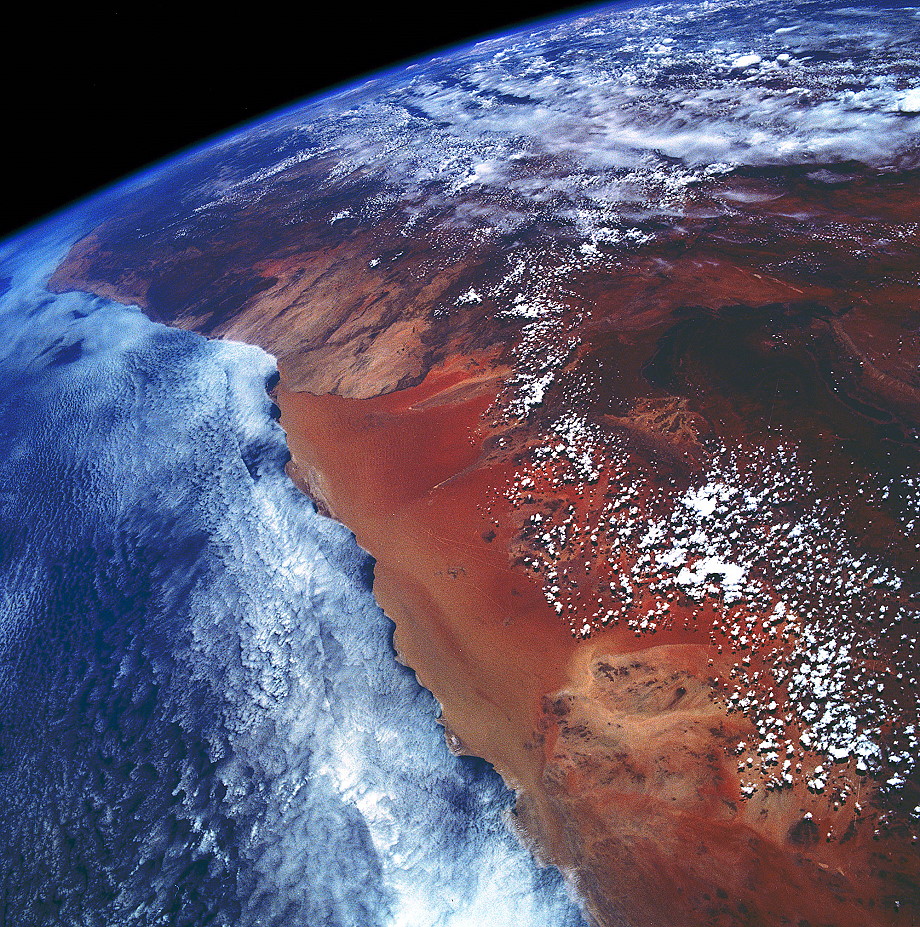
During STS-35, Durrance found time to discuss the electromagnetic spectrum with students, via a two-way televised link. Comparing the spectrum to a symphony, he played two taped versions of the same piece of music: the first had its high and low notes removed and as such was unrecognizable to the ear, but the second was the Star Wars theme.
“You need to hear all the notes,” Durrance told the gathered students, “to appreciate the sound.” Likewise, he concluded, the Universe plays its own “symphony” of sorts across the electromagnetic spectrum, some parts of which are tougher to detect than others.
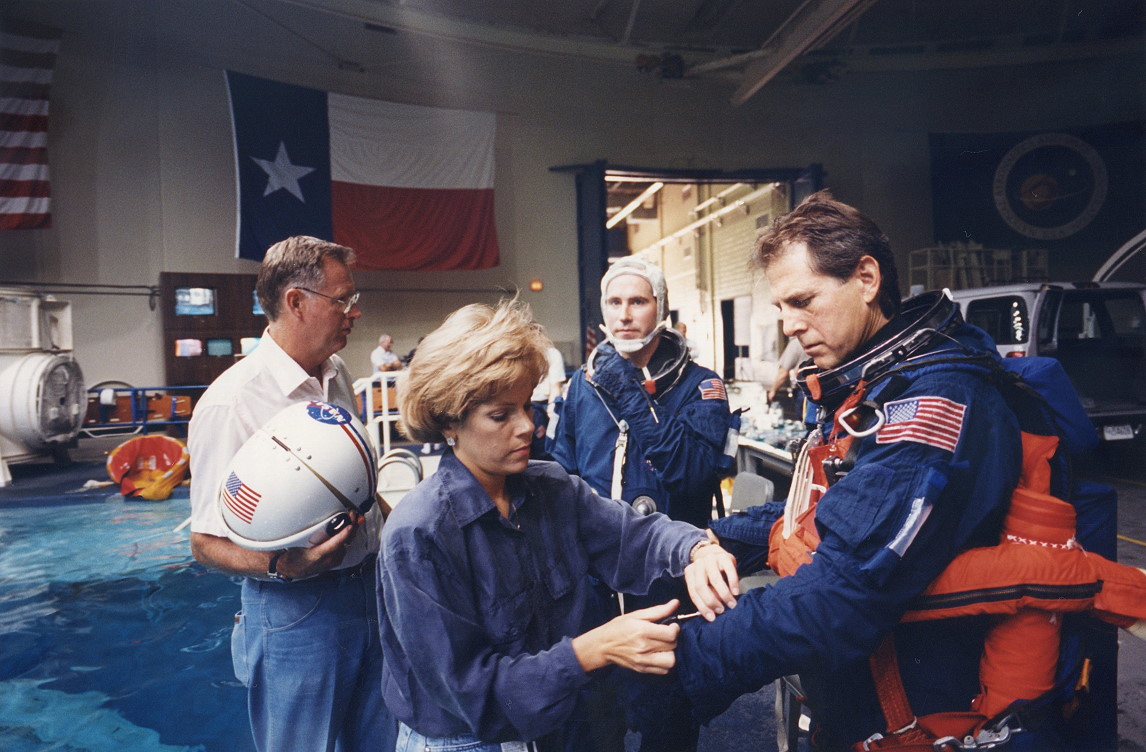
The STS-35 crew and a remarkable team on the ground overcame many of those difficulties to conduct 231 observations of 130 planned astronomical targets, achieving some 70 percent of ASTRO-1’s pre-flight goals. Despite its troubles, this success in the face of adversity led to a second mission being baselined by NASA and over a period of several months from summer 1993 into the spring of 1994 a crew was assembled for STS-67, scheduled as a 13-day Extended Duration Orbiter (EDO) flight.
Commanding STS-67 was Steve Oswald, with Bill Gregory as pilot and Wendy Lawrence as flight engineer. Rounding out the crew were mission specialists Tammy Jernigan and future NASA Chief Scientist John Grunsfeld, plus Durrance and Parise, reprising their roles as the flight’s pair of payload specialists. Launched aboard shuttle Endeavour on the night of 2 March 1995, the mission ran to 16 days and 15 hours, the longest shuttle flight at that time and to this day the third-longest shuttle flight ever executed.
And in sharp contrast to ASTRO-1 in December 1990, ASTRO-2 proved a beautiful payload, unblemished by systems problems and an Image Motion Compensation System (IMCS) performing in an outstanding fashion. Following his return from space, Durrance served as director of science and technology for Final Analysis, Inc., and later held a professorship in aerospace, physics and space sciences at Florida Institute of Technology.
After a lengthy battle with Alzheimer’s Disease, Durrance reportedly passed away on Friday, 5 May, following complications from a recent fall. He was married to Rebecca Ann (nee Tuggle) and the couple had two children, Ben and Susan, to whom AmericaSpace extends its sincere condolences.




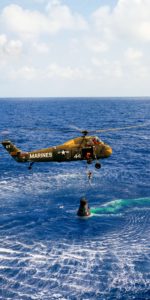
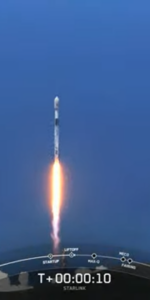
3 Comments
2 Pings & Trackbacks
Pingback:Astronaut, astronomer Samuel Durrance dies at age 79 - Conservative Institute
Pingback:【致沉痛告别,倾听他所有音符:怀念萨姆·德兰斯(1943-2023)】 - 偏执的码农